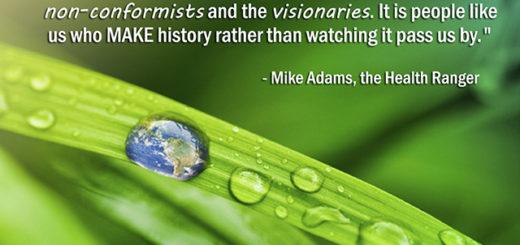Aspecies of caterpillar that eats plastic has gut bacteria that can survive on polyethylene for over a year, scientists have said. The larvae of the wax moth Garlleria melonella had previously been found to digest plastic, and researchers were looking to find out exactly how they did this. Understanding this, they say, could help with the development of tools to eliminate plastic from the environment.
In 2017, scientists from the U.K. and Spain announced they had accidentally discovered a species of caterpillar able to break down polyethylene, which is one of the most widely used plastics used in the world. They appeared to digest the plastic and produce ethylene glycol as a byproduct. While other organisms have been found that also do this, caterpillars were able to break the plastic down at a far faster rate.
However, the internal mechanism driving this was unclear.
In a study published in the journal Proceedings of the Royal Society B: Biological Sciences, a team led by Bryan Cassone, from Brandon University, Canada, has now identified how the microbiome of these “plastivores” controls the process.
The team divided the caterpillars into three groups. One was fed honeycomb, another was fed plastic, while the third was starved. They then looked at each of the groups’ gut microbiome—the genetic material of bacteria, fungi and viruses that live inside the gut. Findings showed that the larvae consume and digest polyethylene. Gut bacteria appeared to remain stable “regardless of diet,” but there was an “increased microbial abundance” in the plastic-eating group. This means there was an increase in the total number of bacteria in the gut of the caterpillars.
“It was quite interesting that caterpillars fed a plastic diet have increased abundance relative to those fed on their normal honeycomb diet or starved,” Cassone told Newsweek. “Presumably this is because some of the bacteria intricately involved in the breakdown of this polymer are proliferating on this diet. What’s cool is we isolated some of these bacteria from the caterpillar gut and fed them for over a year with plastic as their exclusive food source.”
That the bacteria were able to survive on plastic for over a year is important as it meant they were able to identify microorganisms that appear to be involved in the breakdown of the plastic. Understanding this could lead to the development of technology that can get rid of plastic permanently. It is currently estimated that eight million tonnes of plastic ends up in Earth’s oceans every year. According to the United Nations, over 8.3 billion tonnes of plastic has been produced since the early 1950s, with about 60 percent ending up in landfill or the natural environment.
“The problem of plastic pollution is too large to simply throw worms and there is still a lot to do before we can parlay this work into making a meaningful contribution,” Cassone said. “Also, the larvae tend to eat less plastic with longer times on that type of diet. By understanding the process – why the breakdown of plastic occurs so rapidly in the waxworm—we can then begin to develop ways to really make a meaningful impact to plastic pollution.”

He continued: “Now that we know the microbiome plays a role, if we can better understand how the bacteria works together with the worm and what kind of conditions cause it to flourish, perhaps this information can be used to design better tools to eliminate plastics from our environment.”
Not all are convinced, however. Till Opatz, from the Department of Chemistry at the Johannes Gutenberg University, Germany, was critical of the initial findings that caterpillars digest plastic. At the time he and his colleagues said they disagreed with the methodology and conclusions reported, adding the study “does not provide sufficient proof” that G. mellonella can chemically destroy polyethylene.
In an email to Newsweek, Opatz said the latest findings are also problematic, because the team had “trod along the same path their Spanish colleagues had taken before.”
He said if the initial 2017 findings were correct, it “would be a spectacular finding with numerous implications for ecological problems associated with the extremely long half-life of polyethylene in terrestrial and aquatic ecosystems.” However, he believes the findings are flawed and, as a result, so are those in the latest study. “They claim the presence of degradation products of polyethylene without a valid proof through state-of-the-art methods,” he said. “If indeed glycols were produced from the polyethylene (which previous data actually disprove), it would be great to learn what they are and whether they really constitute degradation products of the polymer.
“As long as the necessary isotope labeling experiments and simple but essential control experiments with authentic samples are avoided, chances are good for missing further opportunities to get it right.”












